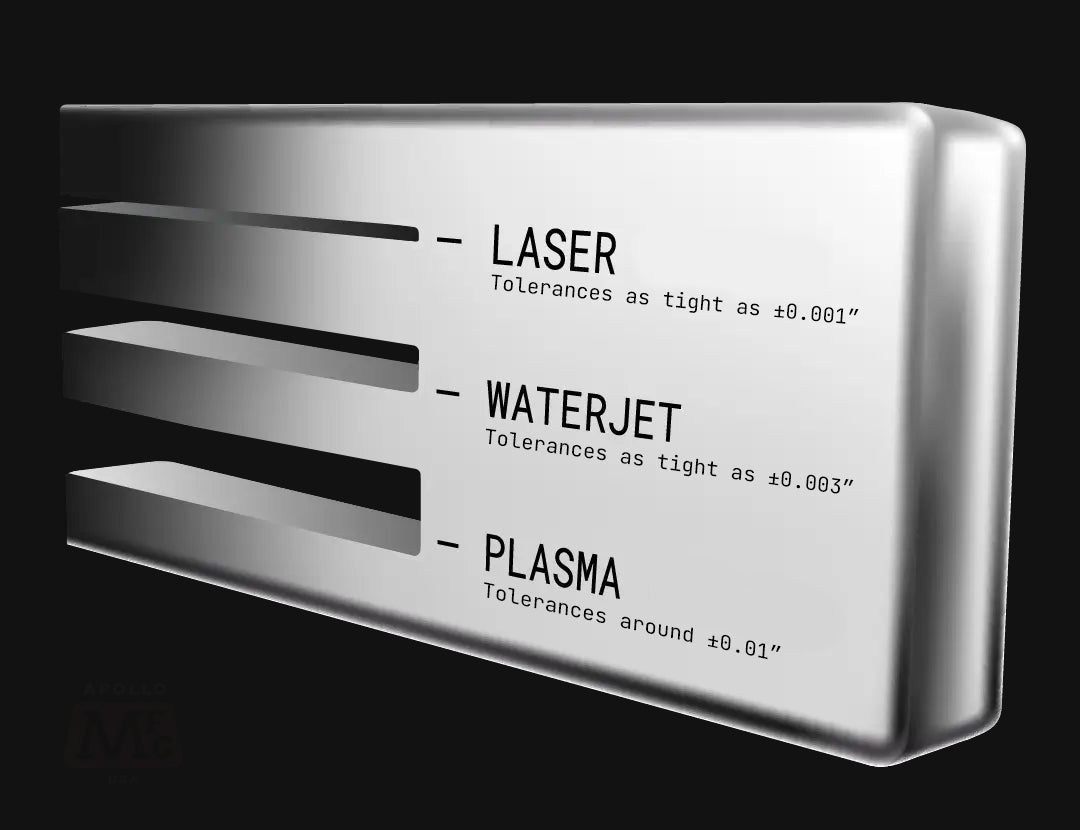
Making It Work: Practical Applications for Shims
Share
Sometimes, a part may not fit just right, and that’s okay. Using a metal shim can often be a necessary solution in various industrial and mechanical applications.
Shims, in general, are thin materials placed between objects to fill gaps, align components, or adjust clearances. When it comes to utilizing metal shims, their unique properties make them indispensable in scenarios where precision, durability, and stability are crucial. One of the primary reasons for employing metal shims is their exceptional strength and resistance to deformation under pressure or load. Unlike their non-metallic counterparts, metal shims can withstand higher levels of stress and compression, ensuring that the components they support remain in their intended positions even when subjected to substantial forces. This characteristic is particularly valuable in sectors like automotive and aerospace engineering, where accurate alignment and structural integrity are highly critical.
Shims can be made out of a variety of metals. This is due to the fact that metals are known for their minimal expansion and contraction due to temperature fluctuations, and maintain their shape and dimensions over a wide range of environmental conditions. This quality comes in handy when precise tolerances and alignments have to be maintained. By incorporating metal shims, engineers and technicians can ensure that the desired performance levels are sustained consistently. This reduces the likelihood of breakdowns or inaccuracies caused by thermal expansion or contraction.
In scenarios where longevity and wear resistance are critical, metal shims prove their worth. Because they can address challenges related to strength, stability, and durability, they’re an indispensable tool in industrial applications. Give us a call today if you need shim fabrication!







